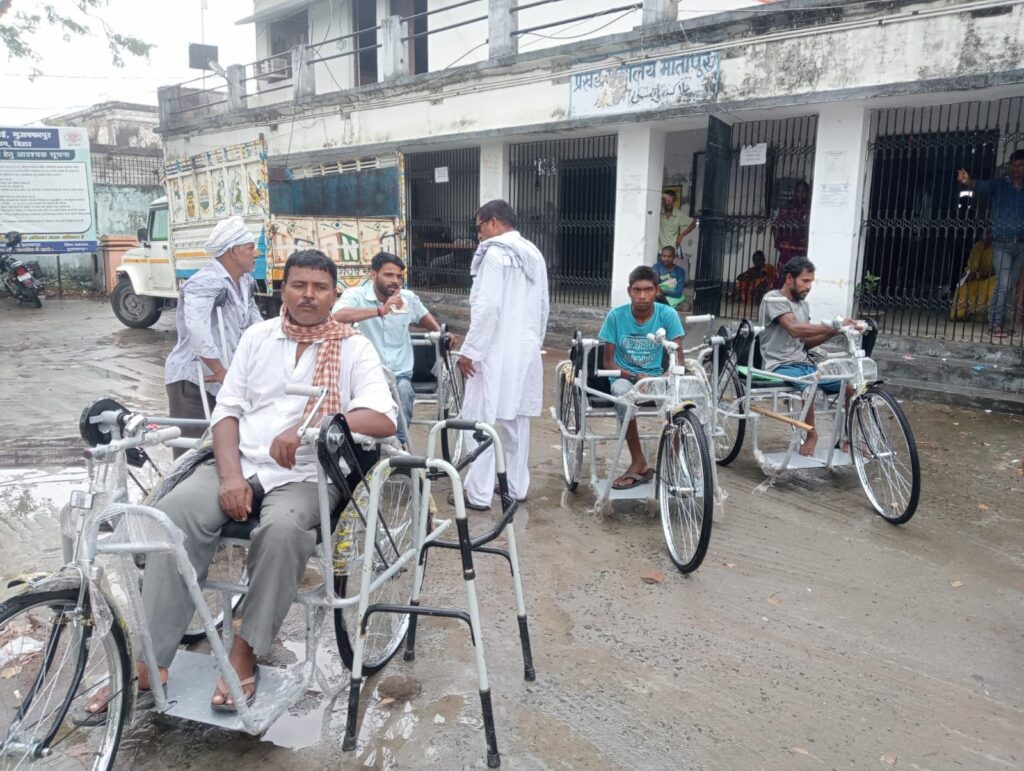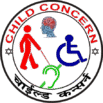Comments and Suggestions on Draft Accessibility Standards for the ICT Sector – Submission by Team of Child Concern
To
The Director,
Department of Empowerment of Persons with Disabilities (DEPwD),
Ministry of Social Justice and Empowerment,
Government of India.
Email: aic-depwd@gov.in
Subject: Comments and Suggestions on Draft Accessibility Standards for the ICT Sector – Submission by Team of Child Concern
Date: 26th June 2025
Respected Sir/Madam,
On behalf of Team of Child Concern – a collective of professionals and practitioners engaged in child rights, inclusive education, and assistive technologies for children with disabilities – we sincerely appreciate the Government’s proactive step in releasing the Draft Accessibility Standards for the Information and Communication Technology (ICT) Sector, in accordance with Section 40 of the Rights of Persons with Disabilities Act, 2016.
Having reviewed the draft (refer attached document dated 23.06.2025), we respectfully submit the following suggestions, with a specific emphasis on the realities of rural and semi-urban areas, where nearly 80% of persons with disabilities (PwDs) reside and continue to face compounded barriers to digital inclusion.
1. Child-Centric Digital Accessibility Provisions
We propose the explicit inclusion of standards that address the unique digital needs of children with disabilities, including:
Child-friendly interfaces for educational applications, especially in government platforms like DIKSHA and eVidya.
Text-to-speech and speech-to-text tools for neurodiverse children.
Sign language and pictorial instructions in early-grade content.
Accessible educational games following universal design.
2. Integration with Assistive Technologies in Education
As online learning becomes the norm, it is essential that:
All digital platforms adhere to WCAG 2.1 AA standards mandatorily.
Virtual classrooms, assessments, and teacher training modules are made accessible.
Government schemes ensure rural children have access to assistive devices (e.g., screen readers, AAC tools, alternative input methods).
3. Accessibility Conformance Report (ACR): A Child-Focused Approach
We recommend:
A child-centric accessibility checklist within ACR formats.
Transparent, public-facing audits of educational platforms.
Validation of ACRs involving special educators and NGOs working with children with disabilities.
4. Monitoring, Redressal, and Enforcement
We urge the establishment of:
A national accessibility helpdesk/ombudsman dedicated to children’s ICT services.
Grievance redressal timelines involving district-level education officers and rights bodies.
Penalties for platforms that remain non-compliant, especially where learning rights are impeded.
5. Capacity Building Across Stakeholders
To implement the proposed standards effectively, training must be imparted to:
ICT developers, UI/UX designers, and publishers;
Teachers, school administrators, and education officers;
Parents and caregivers, especially in rural communities, to support home-based digital learning.
In Conclusion:
We commend the Department’s consultative and transparent process, as captured in the ICT draft document. The move towards non-negotiable accessibility rules is timely and vital. With targeted attention to children and underrepresented geographies, we believe this framework can transform India’s digital learning landscape for children with disabilities.
We remain committed to contributing to this important initiative and look forward to continued engagement.
Warm regards,
DR SHIVAJEE KUMAR
On behalf of Team of Child Concern
Website: https://childconcernindia.org
CHILD CONCERN चाइल्ड कन्सर्न

